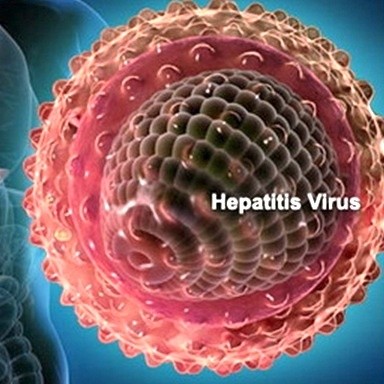Are MA Hospitals Ready for an Ebola Outbreak?
Friday, August 01, 2014

Many hospitals throughout Massachusetts feel as though they are up to the task – including UMass Memorial and Saint Vincent Hospital – because of their infectious disease departments have been working with the Center For Disease Control to be continually updated on the issue. Additionally, many hospitals have a program in place for infectious diseases already, which could be applied in some way to an Ebola case.
“The key priority in stopping Ebola is three things,” said Tom Frieden, MD, MPH, Director, Centers for Disease Control and Prevention. “First off, you need to find the patients who have Ebola or Ebola-like symptoms and get them isolated and find anyone they have contacted to make sure they aren’t infected. Secondly, you need to respond to the cases so that you can prevent the spread. You need to follow up with any contacts for 21 days to make sure they don’t have it. Third, you need to build a capacity for those in the area to handle the current outbreak.”
Concern has been rising about Ebola largely due to its spread in parts of Western Africa, which has killed 729 and a singular case of a Liberian resident flying to Nigeria and dying after he landed. The disease has an incubation period of 21 days and has a mortality rate of 60-percent. Symptoms of Ebola include fever, intense weakness, muscle pain, headache, sore throat, vomiting and diarrhea. The disease is spread through bodily fluids and there is currently no definitive cure.
Longstanding Plans
According to Richard Ellison, Hospital Epidemiologist with UMass Memorial Medical Center, procedures looking at dealing with Ebola have been in place with the hospital since 2002 when the hospital began to create plans in regards to bioterrorist attacks.
Plans at UMass Memorial – which branch out through many of the UMass Memorial affiliated facilities in Massachusetts – are very similar to other hospitals throughout the country which involve screening patients based on symptoms and travel history and then quarantining them in a negative pressure room if they have reason to believe that they may have Ebola.
After the patient is in a negative pressure room – something that most hospitals have – all staff members who deal with the patient must be properly protected, meaning that they wear gloves, facemasks, gowns, and other protective gear to prevent contamination.

Recognized vs. Unrecognized
Saint Vincent Hospital feels that it has properly prepared for an Ebola outbreak, especially if the patient in question has been detected early in the process. The only thing that the hospital fears is if some sort of unrecognized case was to come to the United States.
If someone were to travel to the United States and interact with a variety of people before being treated at a hospital, the disease could certainly reach an outbreak level. Regardless of how prepared a given hospital is, if the public hasn’t been properly educated and doesn’t come into the hospital as soon as symptoms present, then Ebola could spread before hospitals have any involvement with potential treatment options.
“I think that we are certainly well equipped to handle a recognized case of Ebola,” said Esposito. “The problem comes in an unrecognized case, where someone may enter into the United States and not be diagnosed until it is too late. I feel comfortable that we could handle a case of Ebola, but it also might be challenging to handle the fallout.”
Related Slideshow: The History of Disease Outbreaks in New England
Related Articles
- Ebola Outbreak: How Prepared is Massachusetts?
- UPDATE: Salmonella Outbreak Linked To Egg Storage
- WARNING ISSUED: HEALTH Investigating Salmonella Outbreak - 13 hospitalizd in RI
- NEW: Parvovirus Outbreak Killing Dogs in Worcester County
- The History of Disease Outbreaks in New England
- Ri Hospital Fights Pulmonary Disease with New Trial
- Artist Creates “Nail Art” to Raise Money for Parkinson Disease Research
- RI Hospital Part of Major National Alzheimer’s Disease Research
- New Local Support Group for those impacted by ALS (Lou Gherig’s Disease)
- The 25 Biggest Diseases To Strike Massachusetts
- Lyme Disease Prevention Tips
- CDC: RI Breastfeeding Rates Start Strong, Taper Off Long Term
- New CDC Report—How Obese Is MA?
- Does Worcester Still Need CDCs?
- How Much Are MA Residents Smoking—New CDC Ranking
- Main South CDC Gifts Woodland Academy Students Electronic Readers
























Follow us on Pinterest Google + Facebook Twitter See It Read It